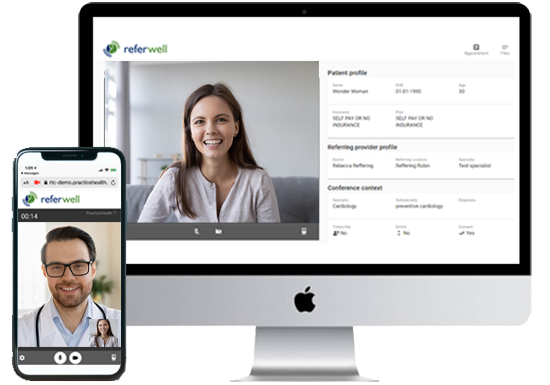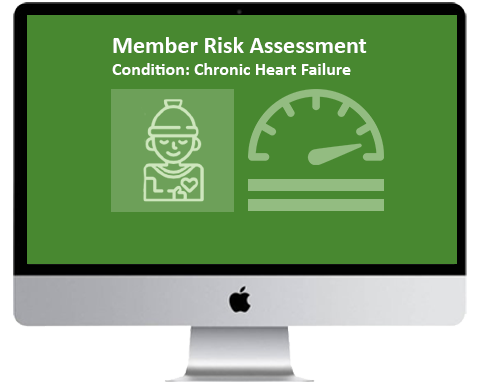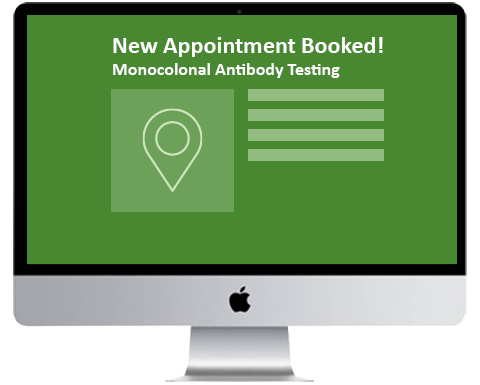ReferWell Telehealth
Start scheduling and hosting virtual visits today.
ReferWell Telehealth helps you improve access to care by booking and conducting remote referral appointments all in one system. Providers may now use our telemedicine service free of charge. Take notes in the virtual session to easily share clinical notes back to the PCP to close the loop.

Benefits of Telemedicine With ReferWell
Improve Patient Access
No Logins or Downloads
Easy EMR Integration
Ensure Proper Billing
Use ReferWell’s integrated telehealth to schedule and host, or connect an existing telehealth provider to ReferWell to schedule telehealth referrals.

ReferWell COVID Recovery
Improve Post-COVID Health Care Delivery
ReferWell improves access to care and reduces ED visits for members with chronic conditions and lapsed care due to COVID-19. ReferWell identifies high-risk members and care navigators call to schedule timely appointments for members with urgent care needs.
Find and Receive Referrals for COVID Testing & Treatment
New COVID-Related Subspecialties in the ReferWell Platform
To help support the diagnosis and containment of COVID-19, ReferWell is making it easy to find facilities offering several types of COVID tests and treatments and let physician practices know if you offer these services. That includes: viral testing, antibody testing and monoclonal antibody treatments.

Local & National Resources & COVID-19 Tools
From the Centers for Disease Control and Prevention:
From New York State:
Our friends at Orderly Health built this COVID-19 Access Guide to help the public search for local resources. (Be sure to scroll down to check out the Smile section for some much-needed positivity.)
The American Medical Association’s Perspectives from the AMA podcast released an episode on best practices for reopening physician offices during COVID-19.
